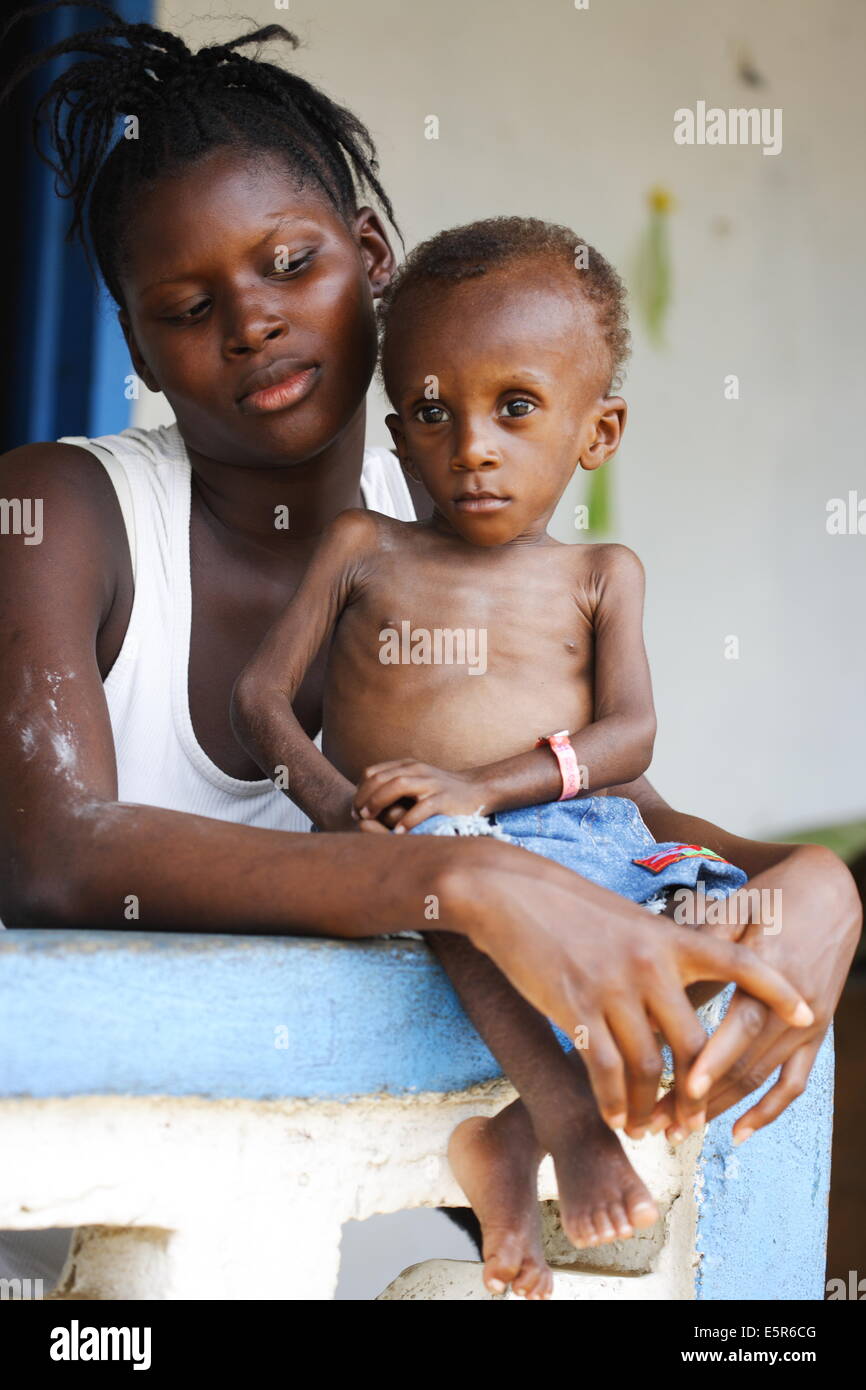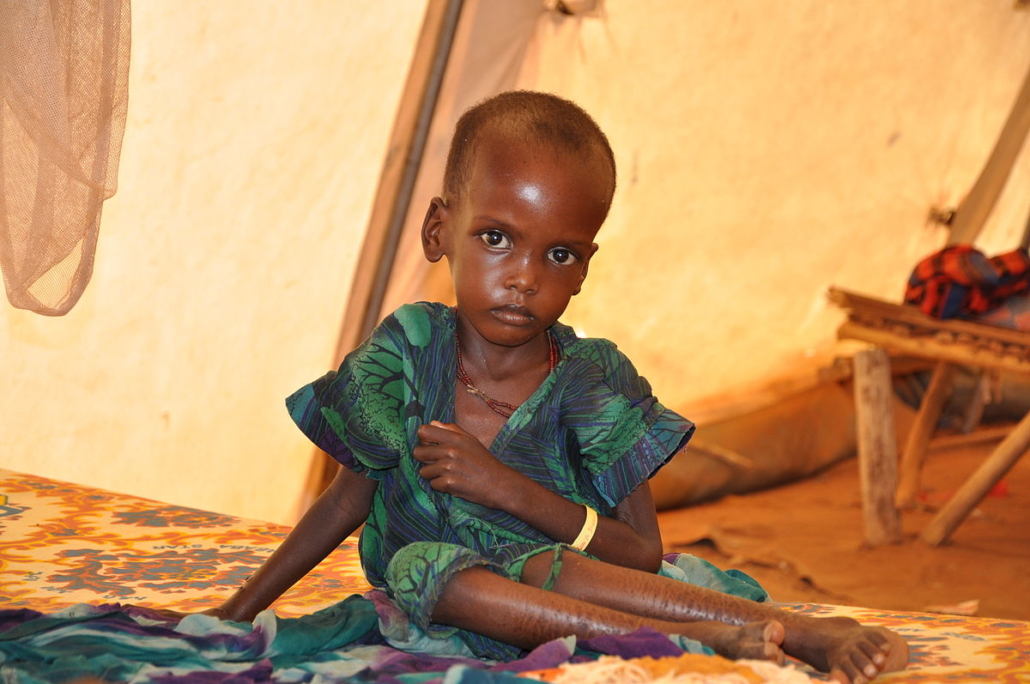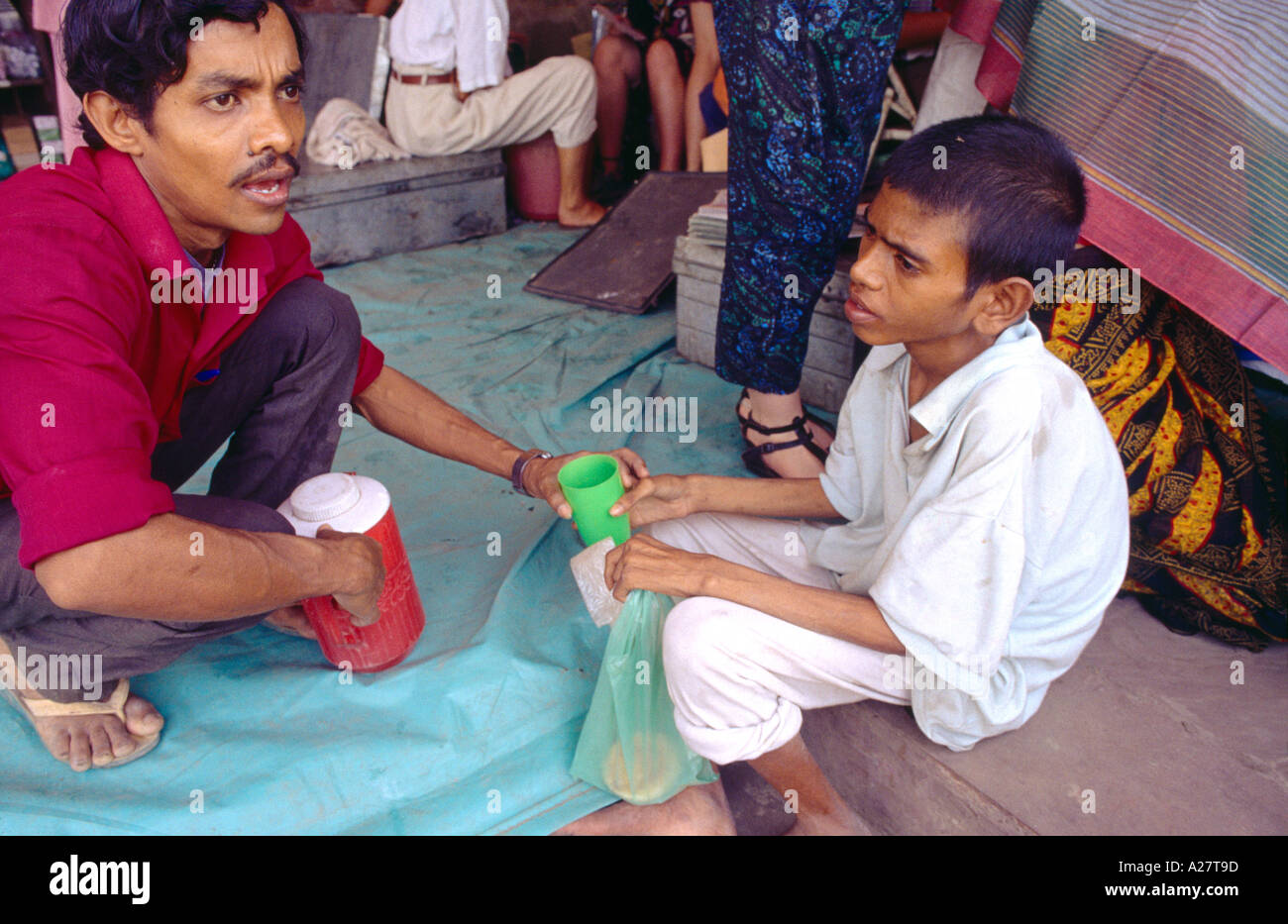Protein-energy malnutrition(PEM) is the condition of lack of energy due to the deficiency of all the macronutrients and many micronutrients. It could come about quickly or gradually. There are three levels of severity that it can fall under. It is commonly seen in regions where there is a lack of access to sufficient food and poor nutritional resources. PEM can affect individuals of all ages, but it is particularly prevalent among children in developing countries.
Kwashiorkor
Kwashiorkor is a severe form of PEM characterized by a deficiency in protein intake despite an adequate or near-adequate calorie intake. It often occurs when a child is weaned from breast milk and is unable to obtain enough protein from their diet.

Causes
Its caused by an intake of low amount of energy and insufficient protein. It can also be accompanied by underlying infections.
Symptoms
- Presence of edema in a child. This is often a result of a sudden change in nutritional status or refeeding after a period of severe malnutrition.
- Diarrhea. Diarrhea is not typically a common symptom associated with kwashiorkor. Kwashiorkor is a severe form of protein-energy malnutrition characterized by inadequate protein intake despite a near-normal or adequate calorie intake. It is more commonly associated with other specific symptoms, such as edema (swelling), skin and hair changes, hepatomegaly (enlarged liver), and general malnutrition-related symptoms. However, it is important to note that children with severe malnutrition, including those with kwashiorkor, can be more susceptible to infections and gastrointestinal disturbances
- Poor growth
- Loss of appetite
- Hair is dry and brittle. This is due Nutritional deficiencies
- Distended belly. Kwashiorkor is characterized by generalized edema, which refers to the accumulation of fluid in the body tissues. Edema in the abdomen can contribute to the distension or swelling of the belly.

Nutritional management
Increase calorie intake. This is because the patient first needs to eat foods rich in carbohydrates, fats and simple sugars. Providing these foods will give the body an immediate source of energy
Increase proteins. After carbohydrates and sugar have been introduced, they should be given proteins and should be introduced slowly because they are hard to digest. Good sources are beans, nuts, egg, fish.

Increase vitamins and minerals. Once food has been introduced, a patient needs vitamins and minerals supplement to make up the deficiency the developed from being malnourished. Preferably people can be given cooked and drained cowpeas with salt and cheese of all types.
Marasmus
Marasmus is a severe form of protein-energy malnutrition characterized by overall energy deficiency, including inadequate intake of calories, protein, and other essential nutrients. It commonly affects infants and young children, typically between the ages of 6 months and 2 years, who have experienced prolonged inadequate nutrition.
Causes
Its caused by intake of diets containing minimal amounts of energy, proteins and other nutrients. Marasmus is primarily caused by a severe deficiency of both calories and protein in the diet over an extended period. It is commonly observed in infants and young children who do not receive adequate nutrition for their growth and development. Several factors can contribute to the development of marasmus.

Symptoms
- Severe weight loss
- Wasting of muscle and body fat
- Chronic diarrhea
- Stunted growth

Nutritional management
Its initial treatment is provision of skim milk powder and mixed with boiled water. Later the mixture can include a vegetable oil and sugar. The oil increases the energy content and density of the mixture. If dehydration exist due to diarrhea, oral rehydration can be done or intravenous rehydration.
Marasmic kwashiorkor
Marasmic Kwashiorkor is a severe and complex form of protein-energy malnutrition that combines characteristics of both marasmus and kwashiorkor. It typically occurs in children who have chronic and severe malnutrition with alternating phases of inadequate calorie and protein intake
Causes
Its caused by low intake of proteins and other essentials vitamins and minerals.
Symptoms
- Loss of muscle mass. Similar to marasmus, children with Marasmic kwashiorkor experience significant weight loss and muscle wasting. They have a thin, emaciated appearance with visible bones and loss of subcutaneous fat.

- Pot belly
- Regular infections
- Red, inflamed on the skin that darken and peel
- Tiredness
- Cracked nails
- Poor growth
- Dry brittle hair that fall out easily
Nutritional management
If kwashiorkor is found early, it can be treated with either specially formulated milk-based feeds
In the hospital it can be done by
- Treating low blood glucose
- Keeping the person warm because kwashiorkor can make it harder to generate body heat
- Treating dehydration with specially formulated rehydration solution
- Treating infections with antibiotics
- Treating vitamin and mineral deficiency
- Slowly introduce small amounts of food and then gradually increase the amount of food.

Epidemiology
Kwashiorkor
Kwashiorkor is rare in developed countries. It’s mostly found in developing countries with high rates of poverty and food scarcity. Poor sanitary conditions and a high prevalence of infectious diseases also help set the stage for malnutrition. Kwashiorkor can affect all ages, but it’s most common in children, especially between the ages of 3 to 5. This is an age when many children have recently transitioned from breastfeeding to a less adequate diet — one higher in carbohydrates but lower in protein and other nutrients.
Marasmus
Marasmus is a significant global issue. According to the World Health Organization (WHO), malnutrition related to protein and energy accounts for 49% of the 10.4 million deaths of children under the age of five that occur in underdeveloped nations each year. The World Health Organization has long prioritized addressing malnutrition. Despite the fact that children from higher-income nations are also afflicted by protein-energy malnutrition, it is more common in low-income countries. These children often originate from major urban regions with low socioeconomic status, have chronic illnesses, or are institutionalized.
Marasmic kwashiorkor
Malnutrition is a significant public health issue in many developing nations, particularly in Southern Asia and sub-Saharan Africa. A direct cause of 300,000 fatalities annually, malnutrition also accounts for 50% of deaths in early children. There are an estimated 852 million undernourished individuals in the globe, with 815 million of them living in developing nations. Particularly, it is estimated that 18 million children, mostly in Asia, who live in low- or middle-income nations suffer from marasmus. In the underdeveloped world, pediatric hospitalization is usually linked to childhood malnutrition, which has death rates of up to 20%
